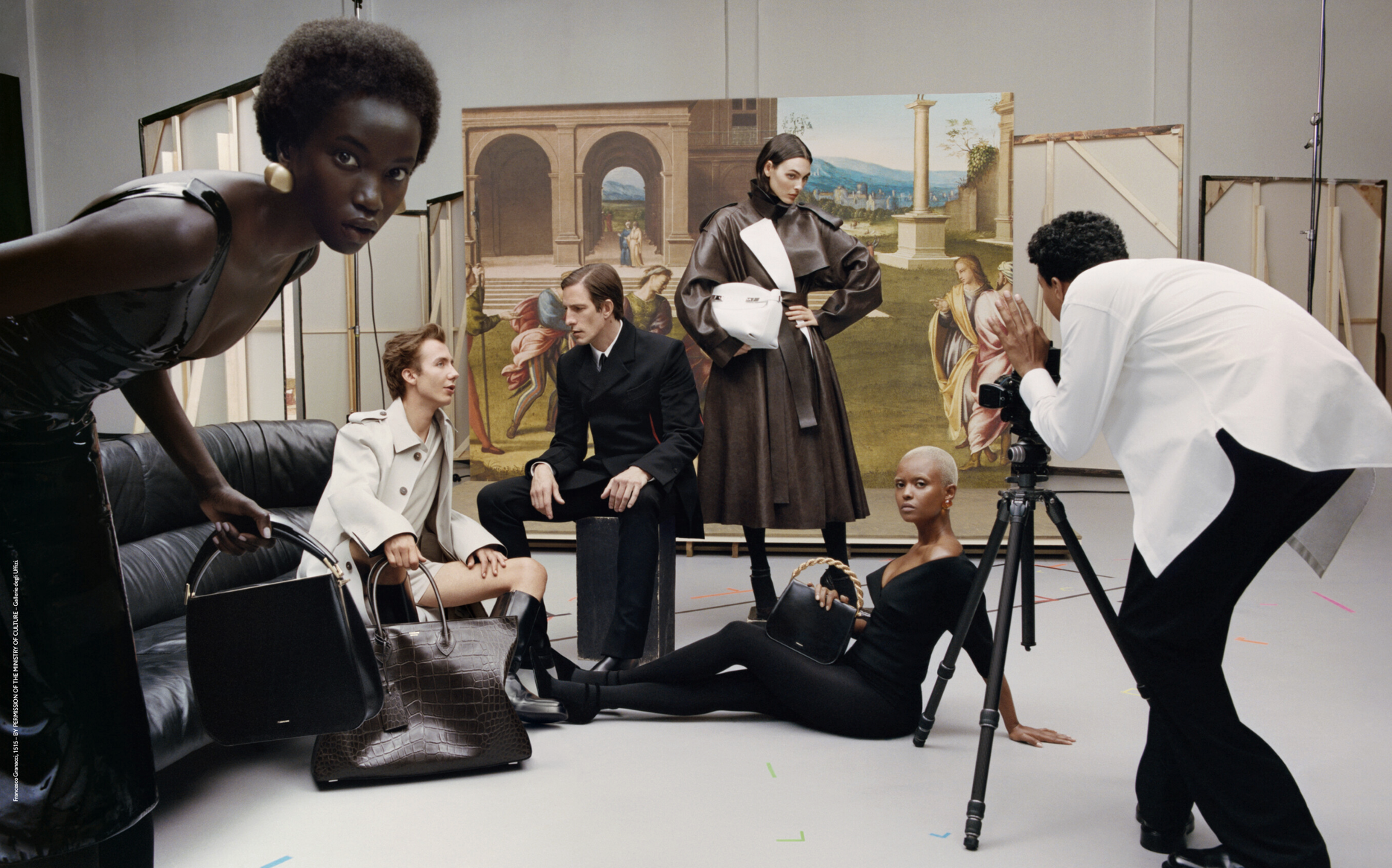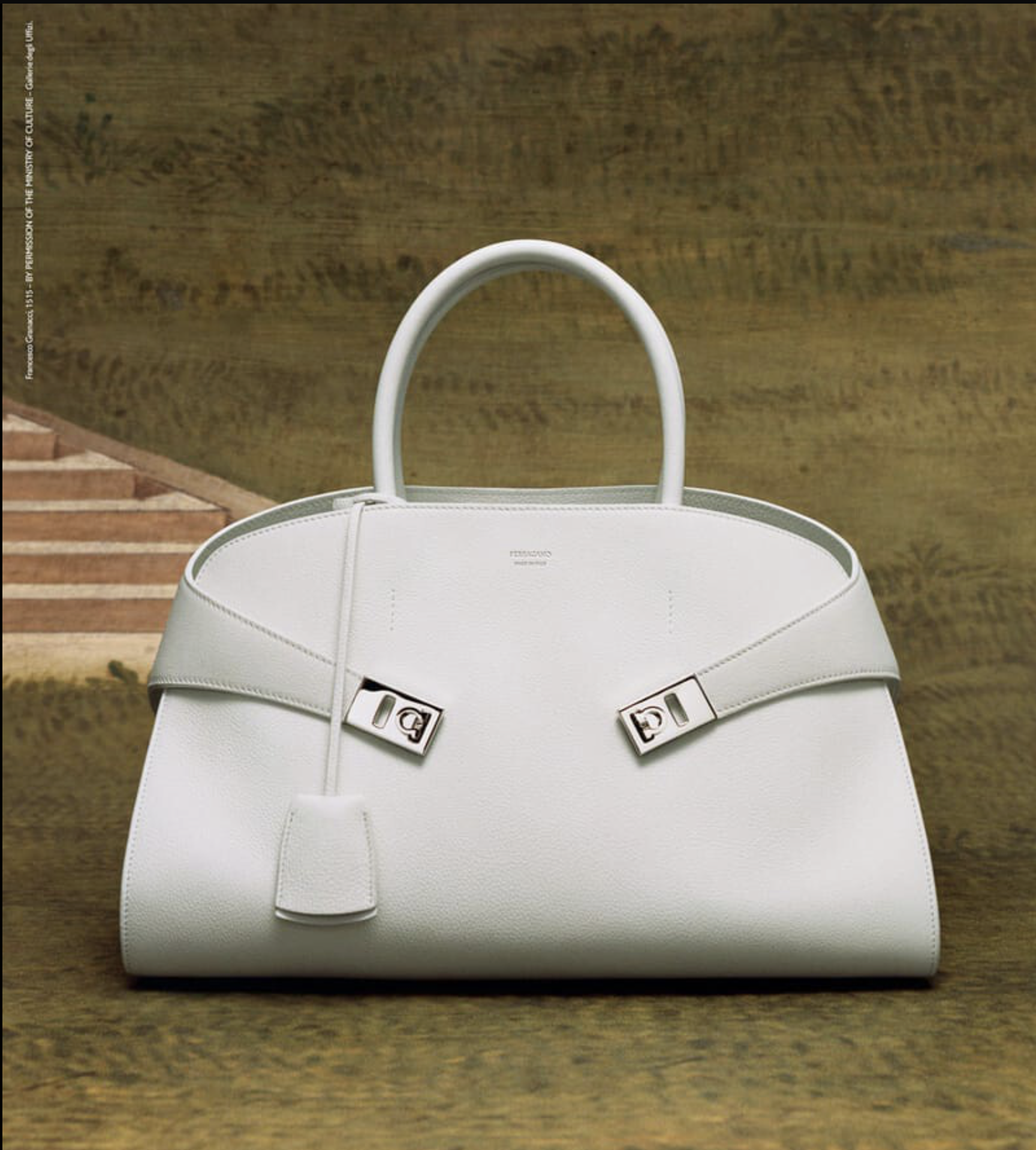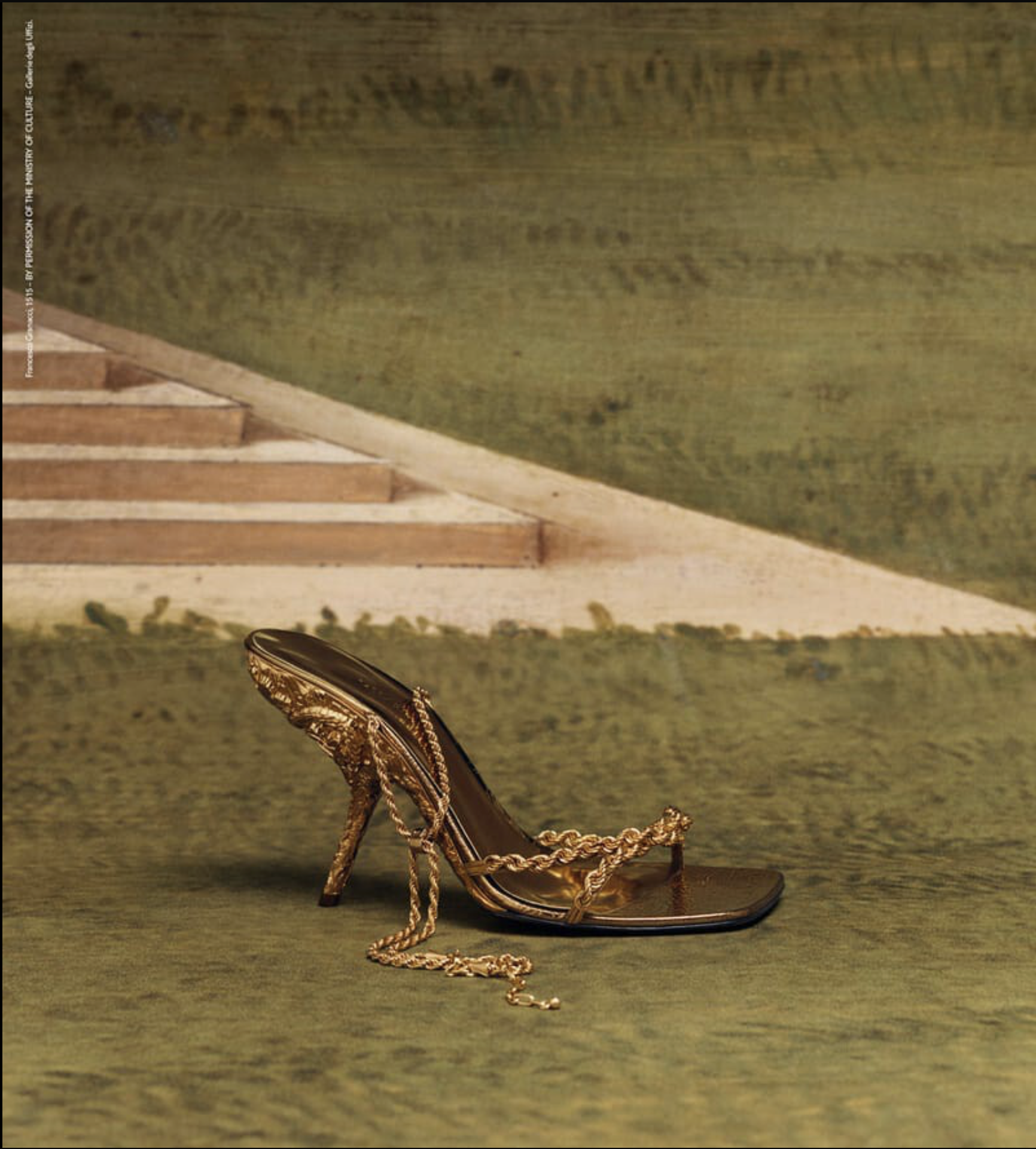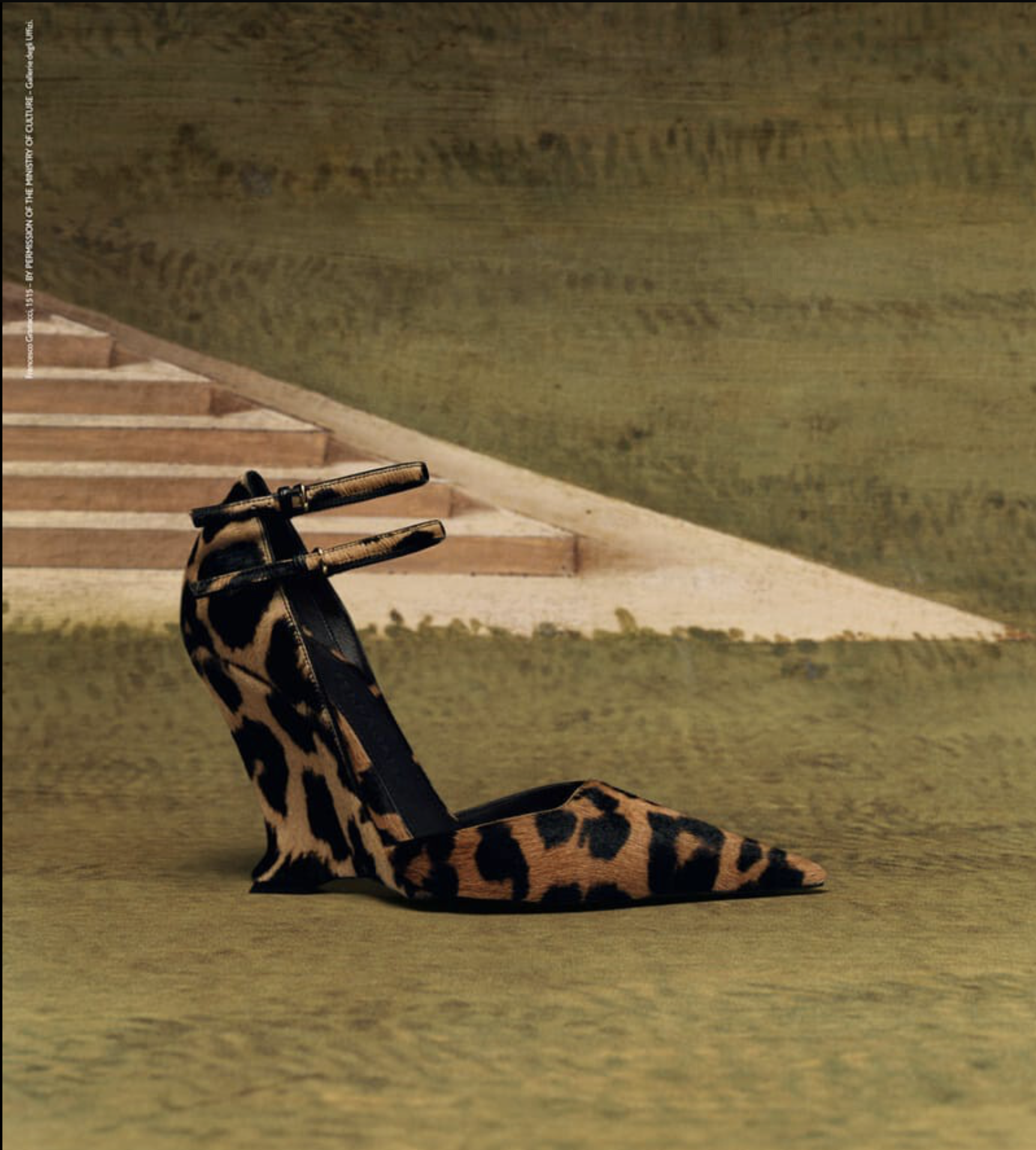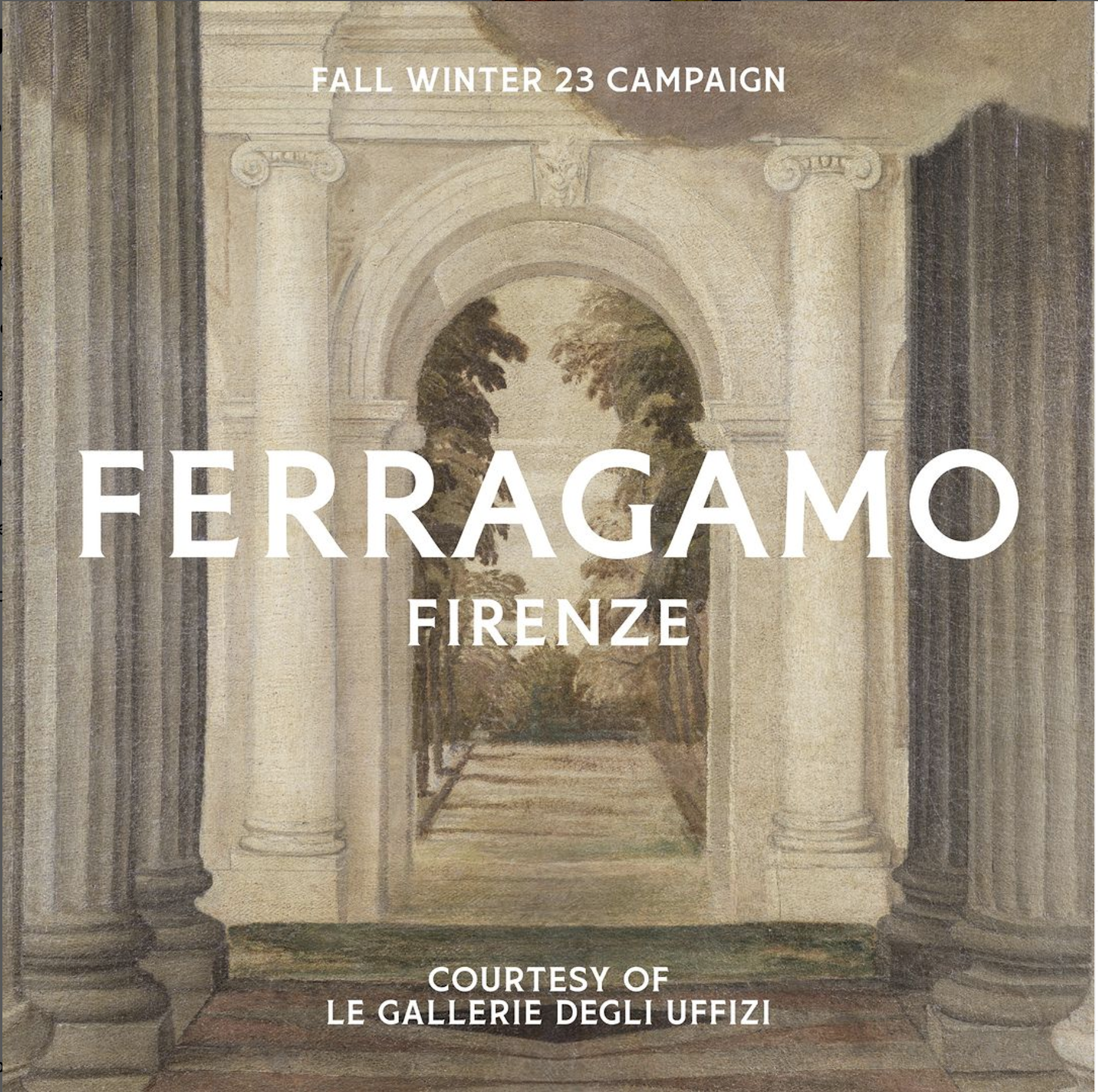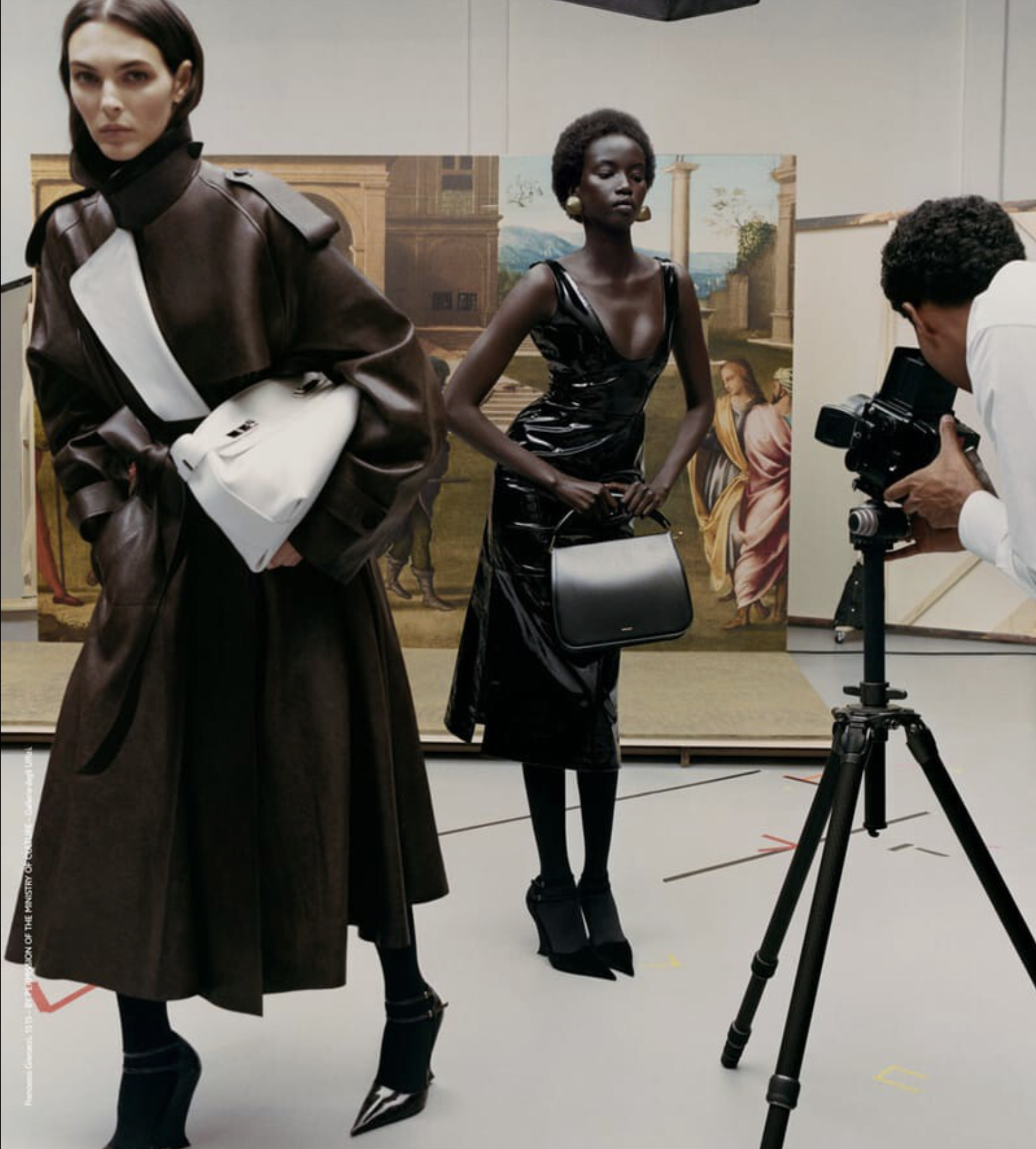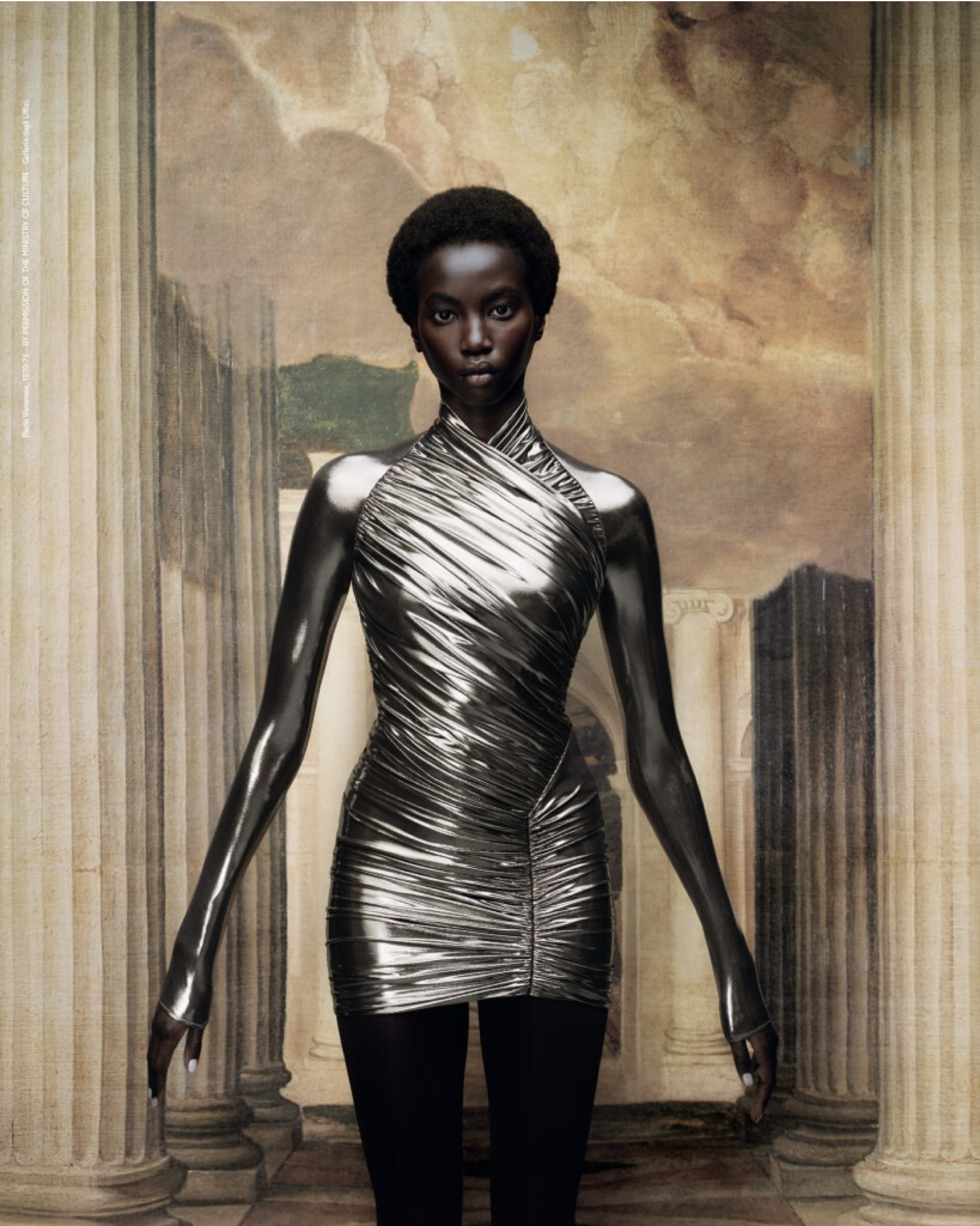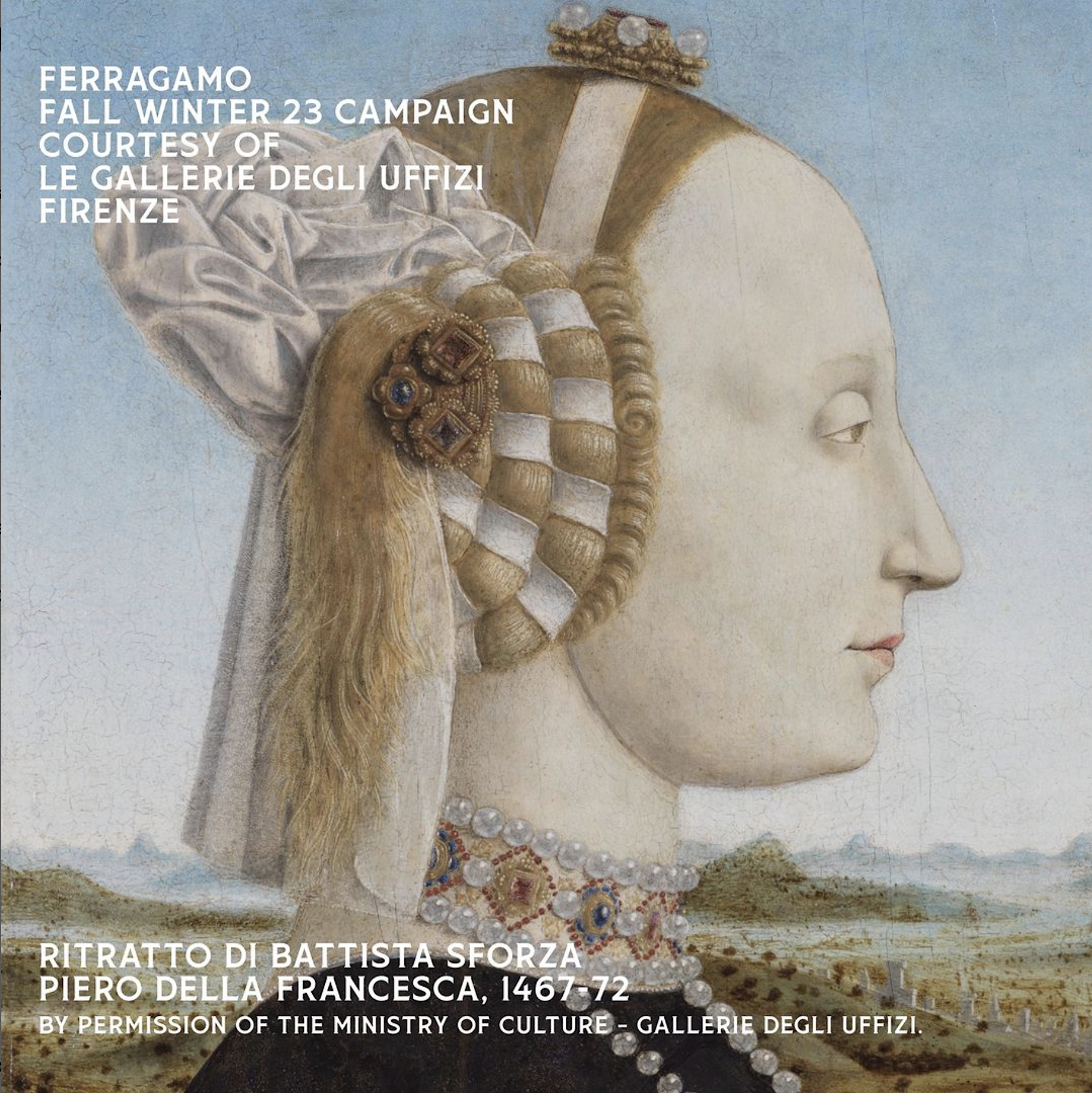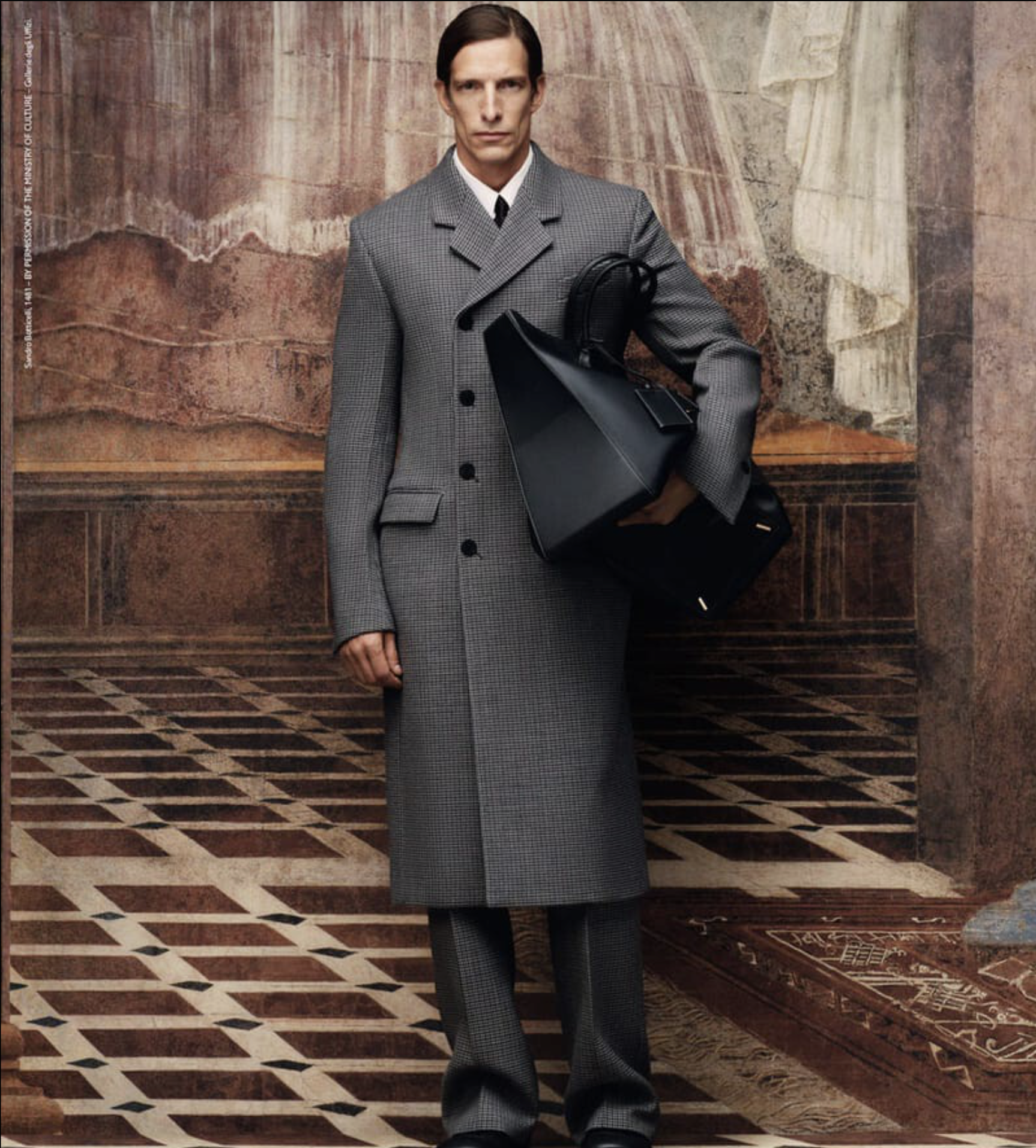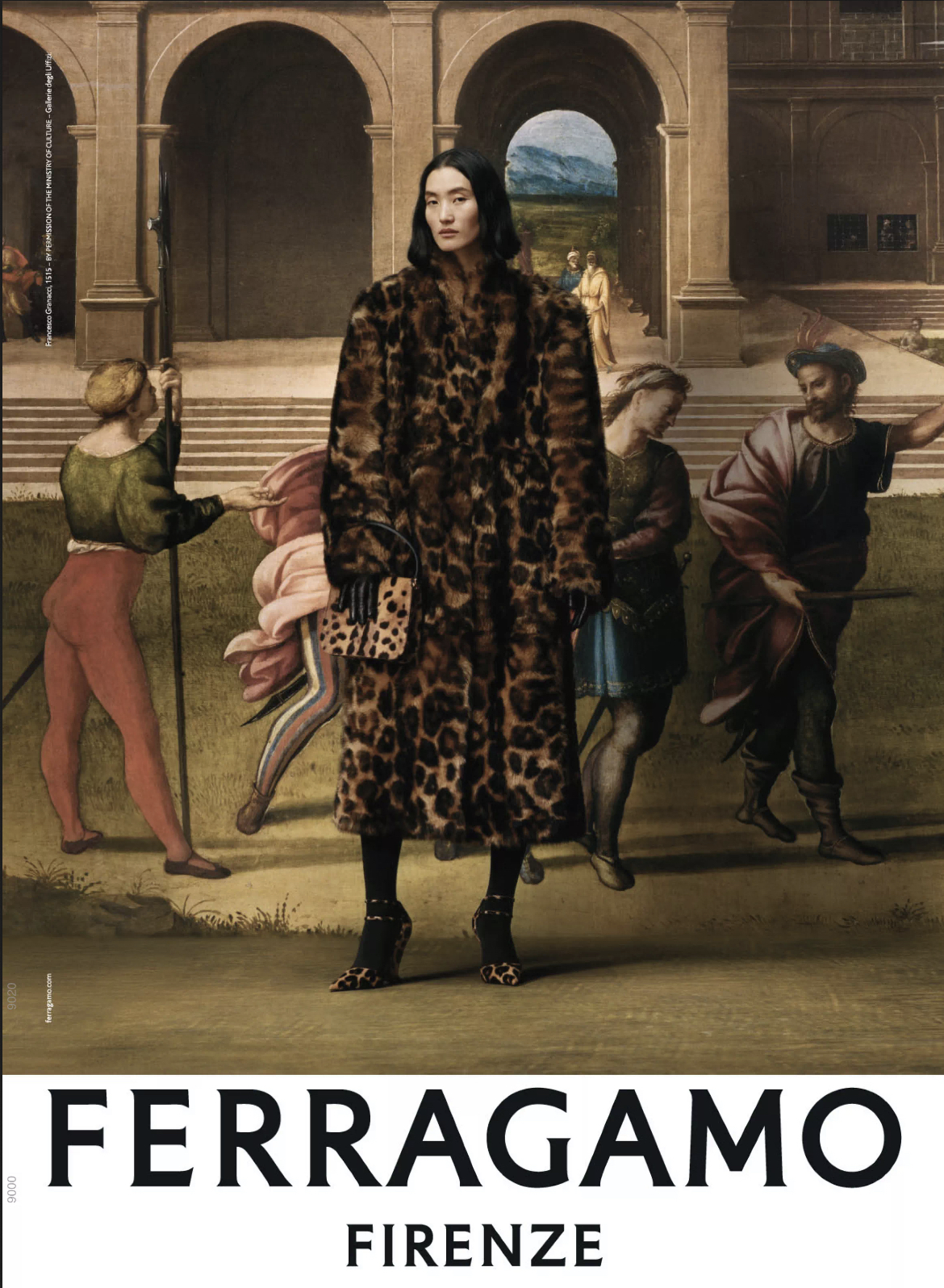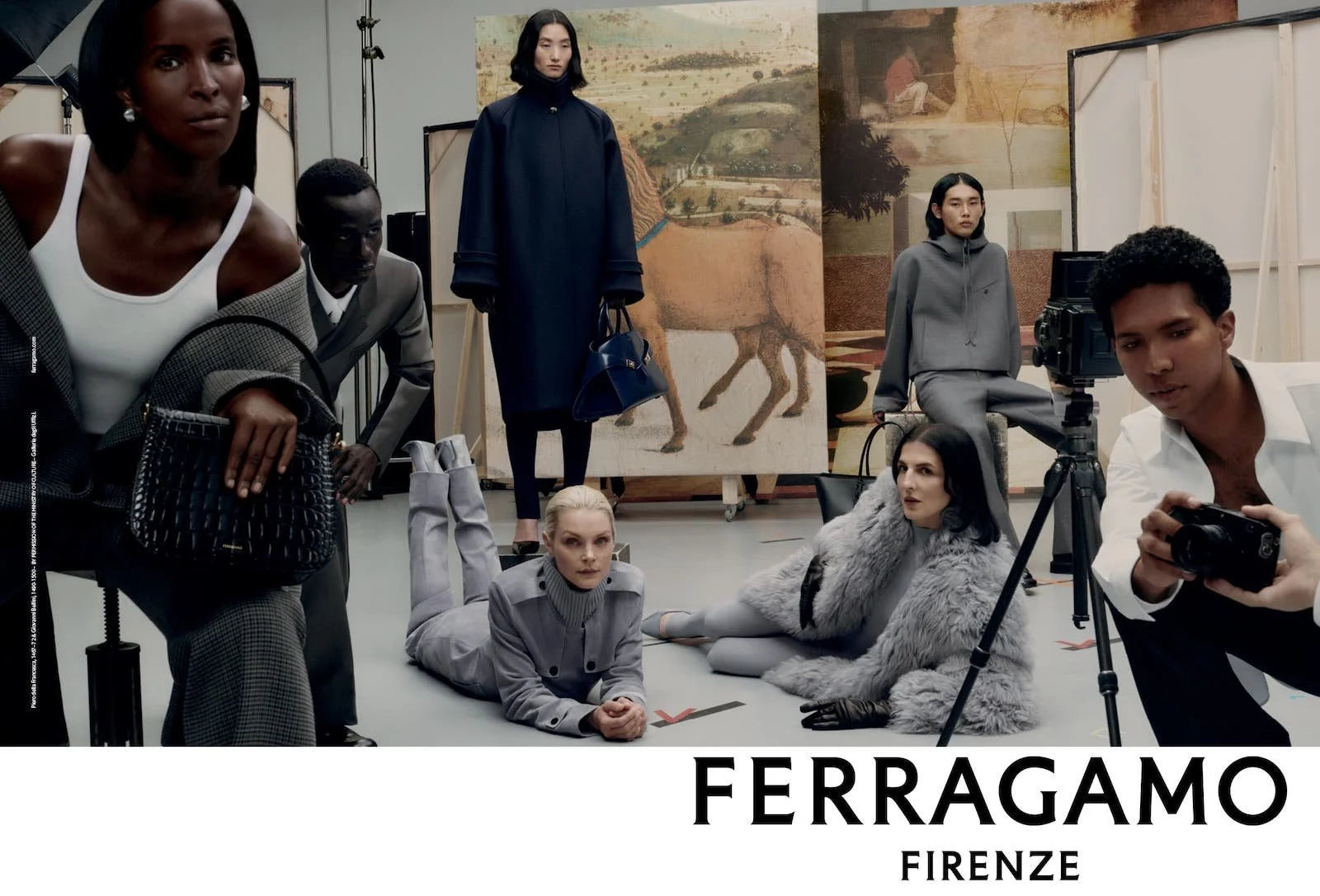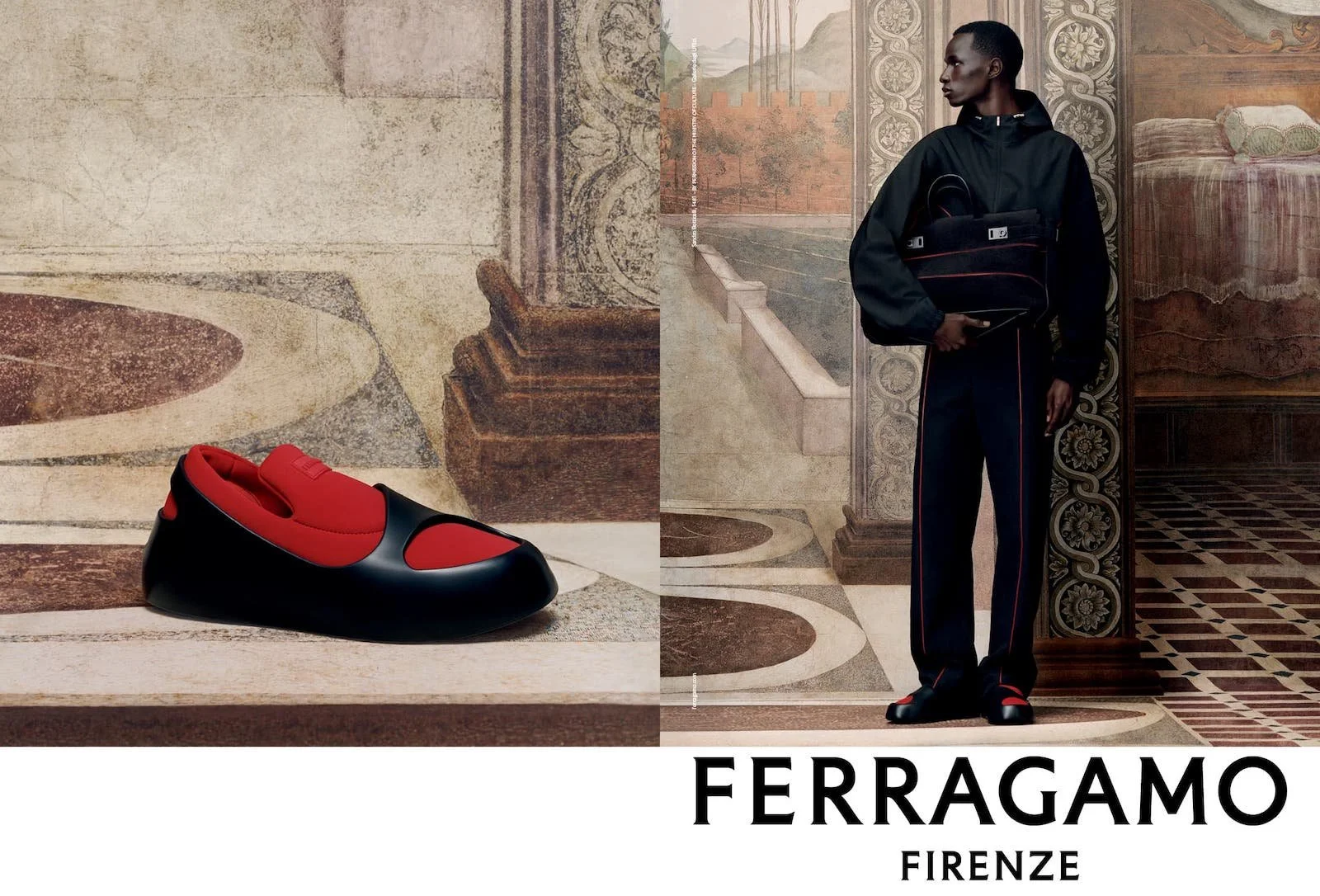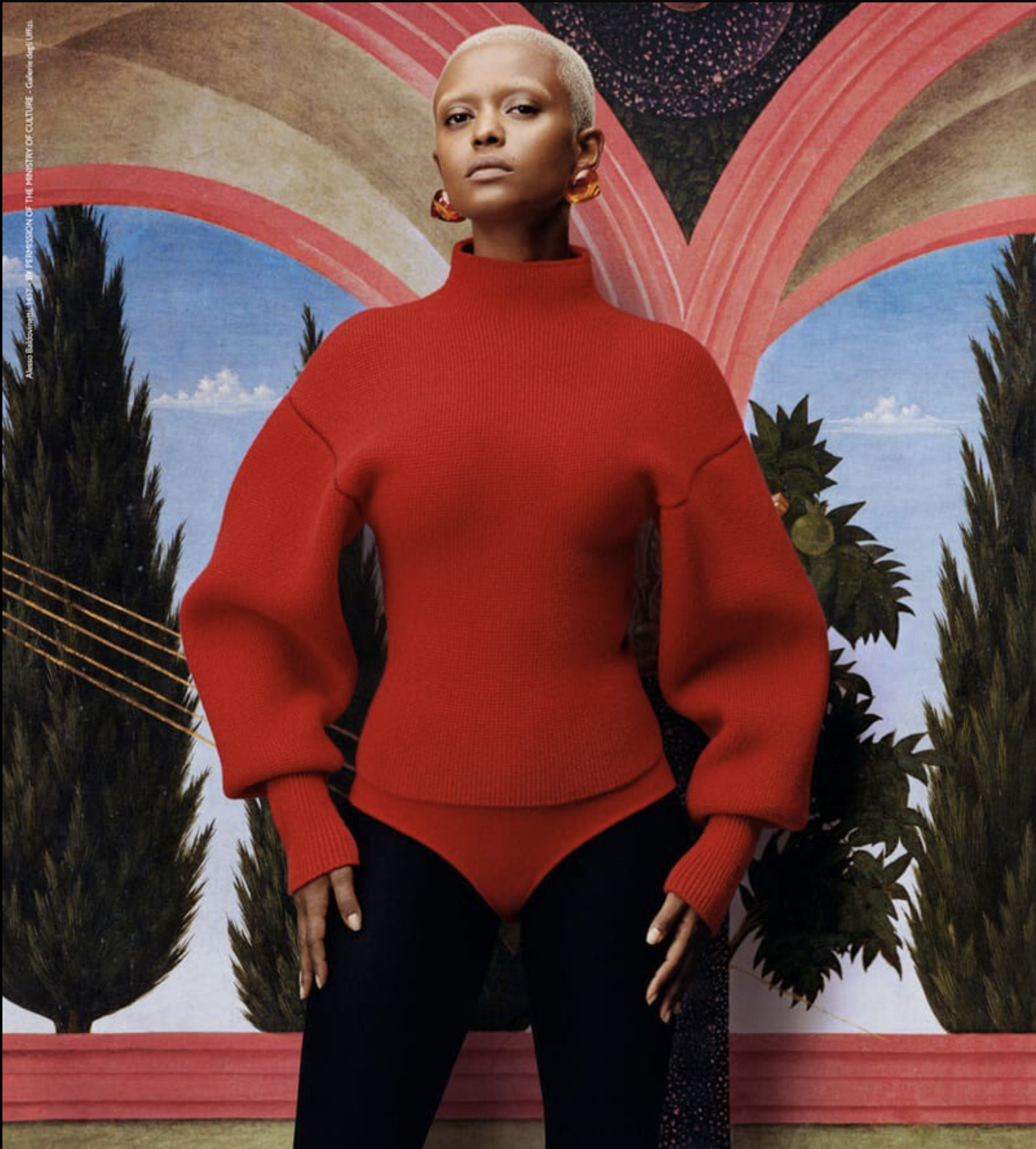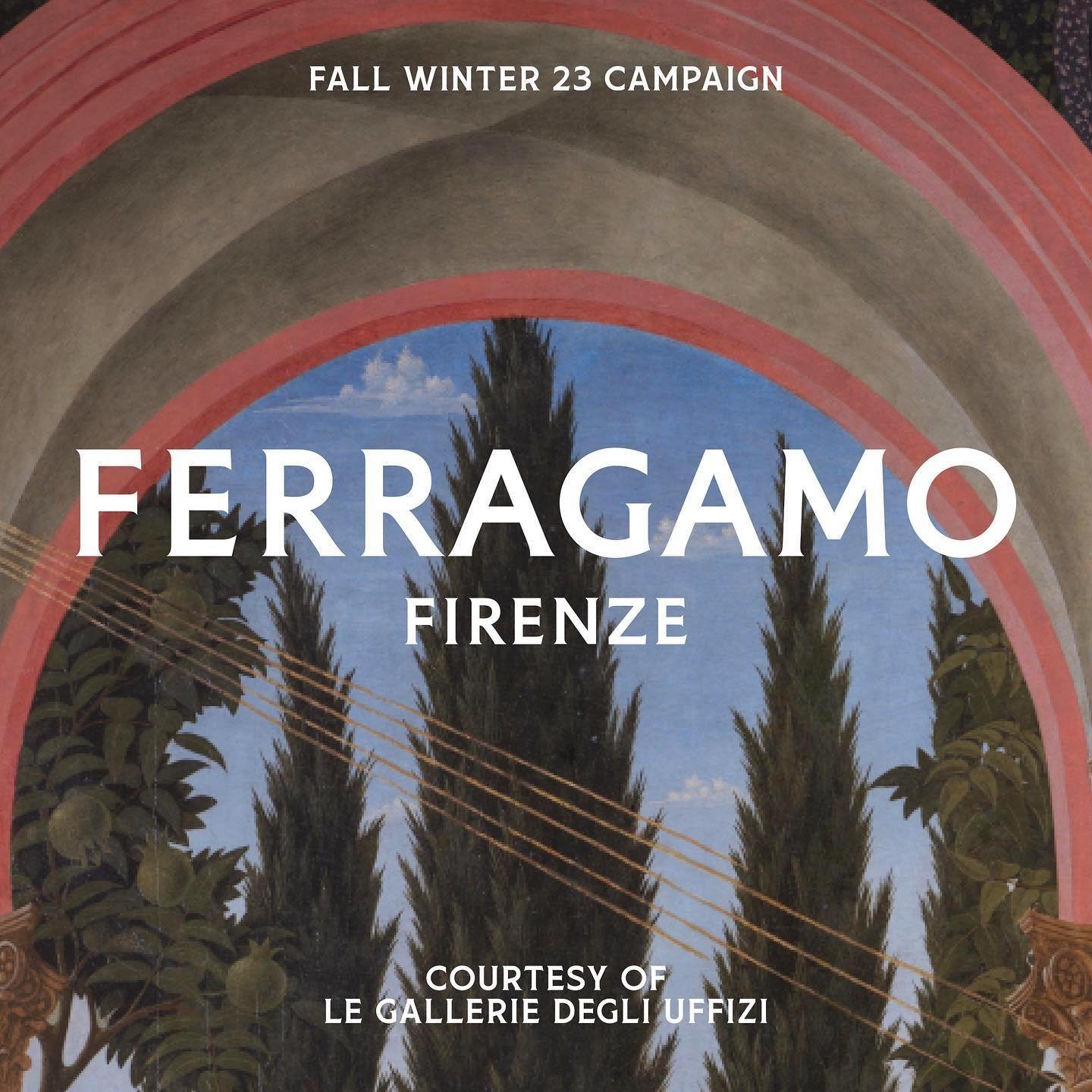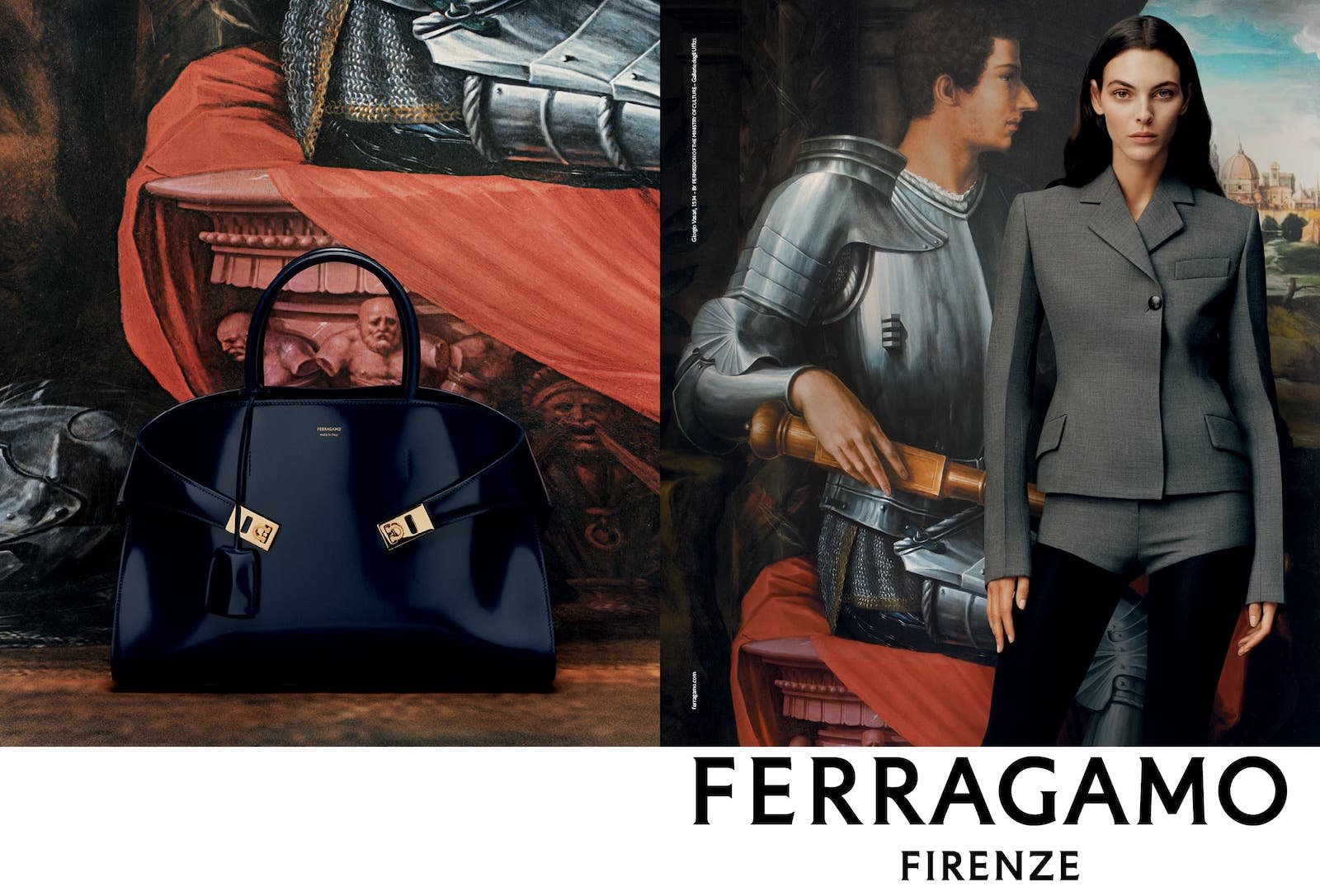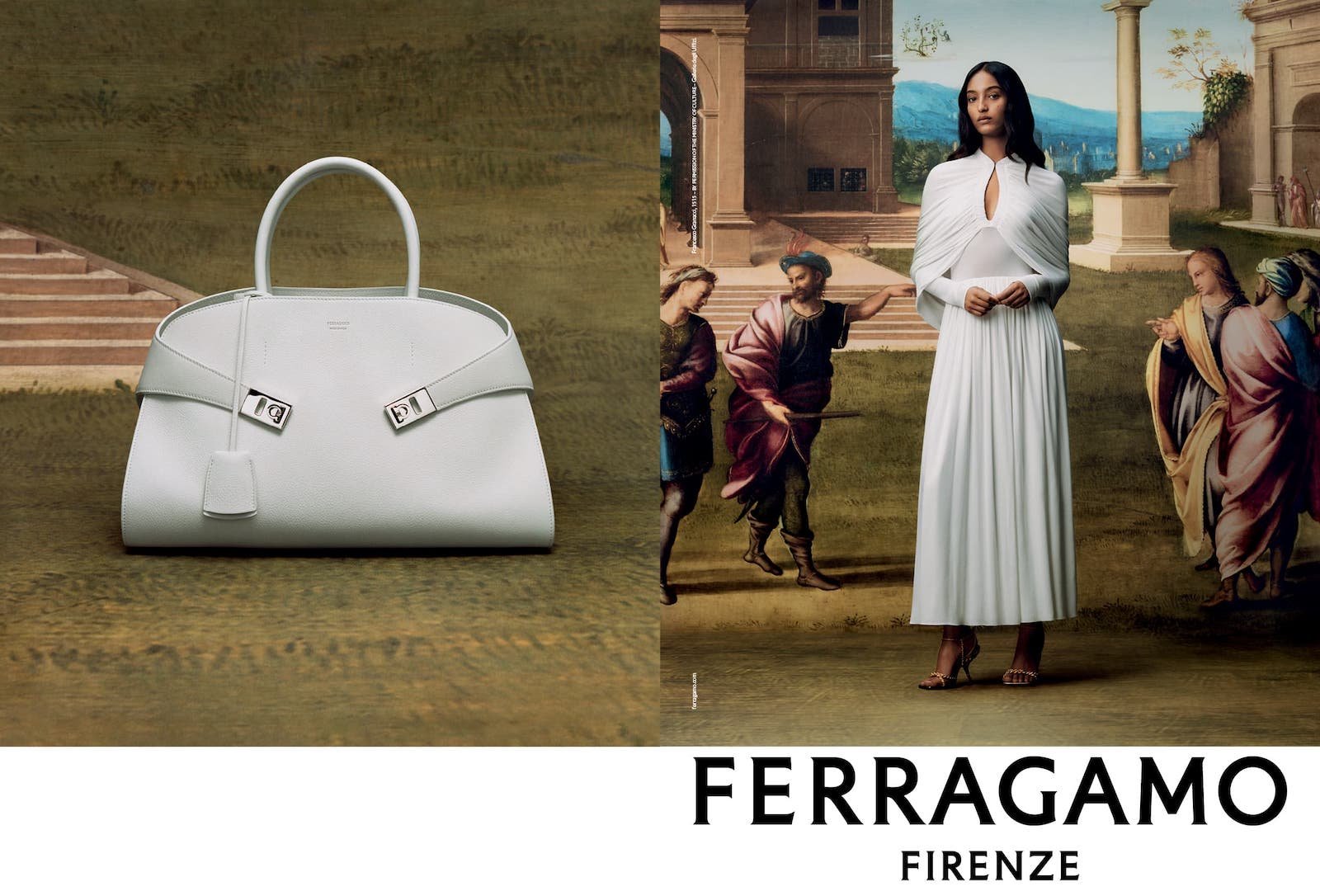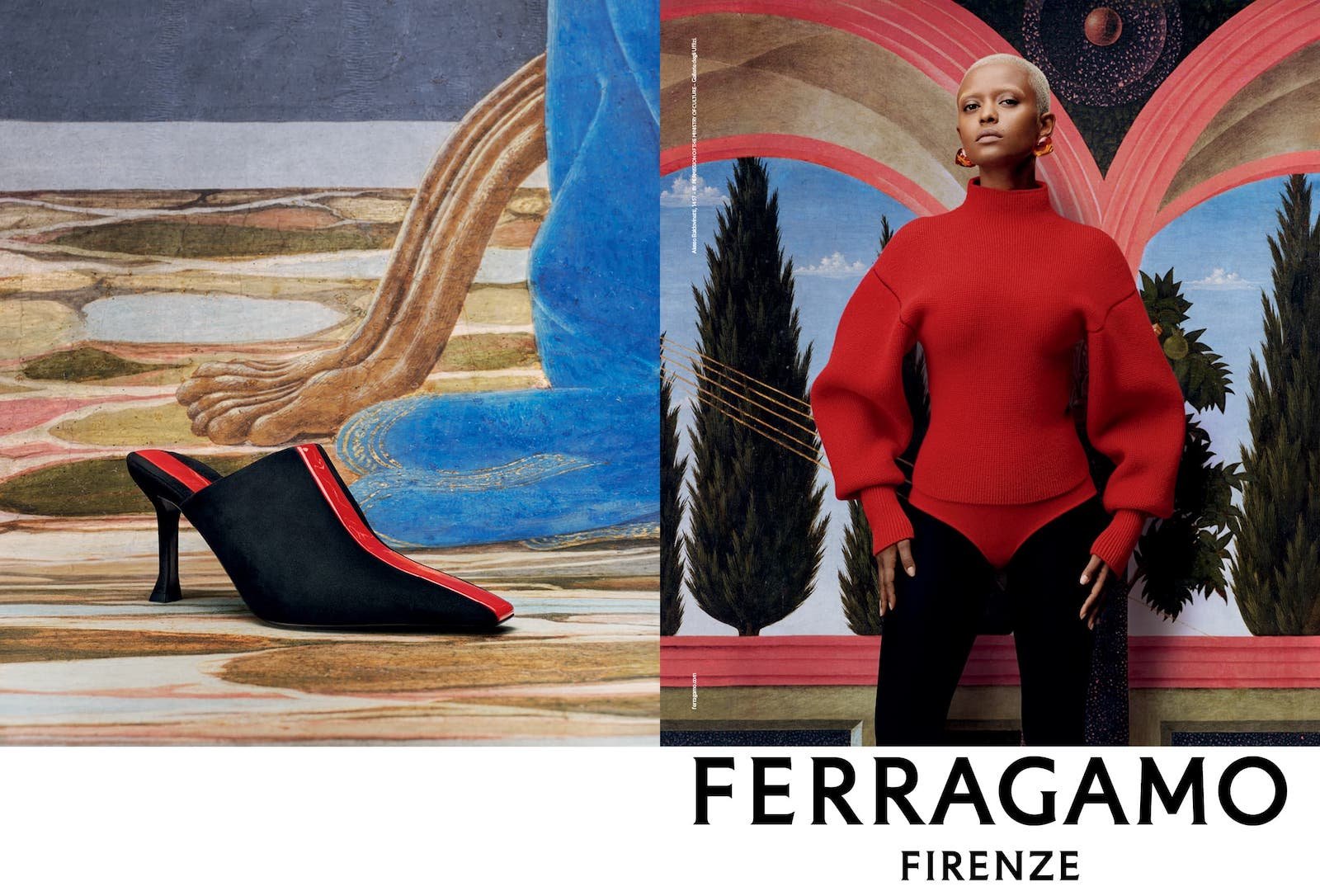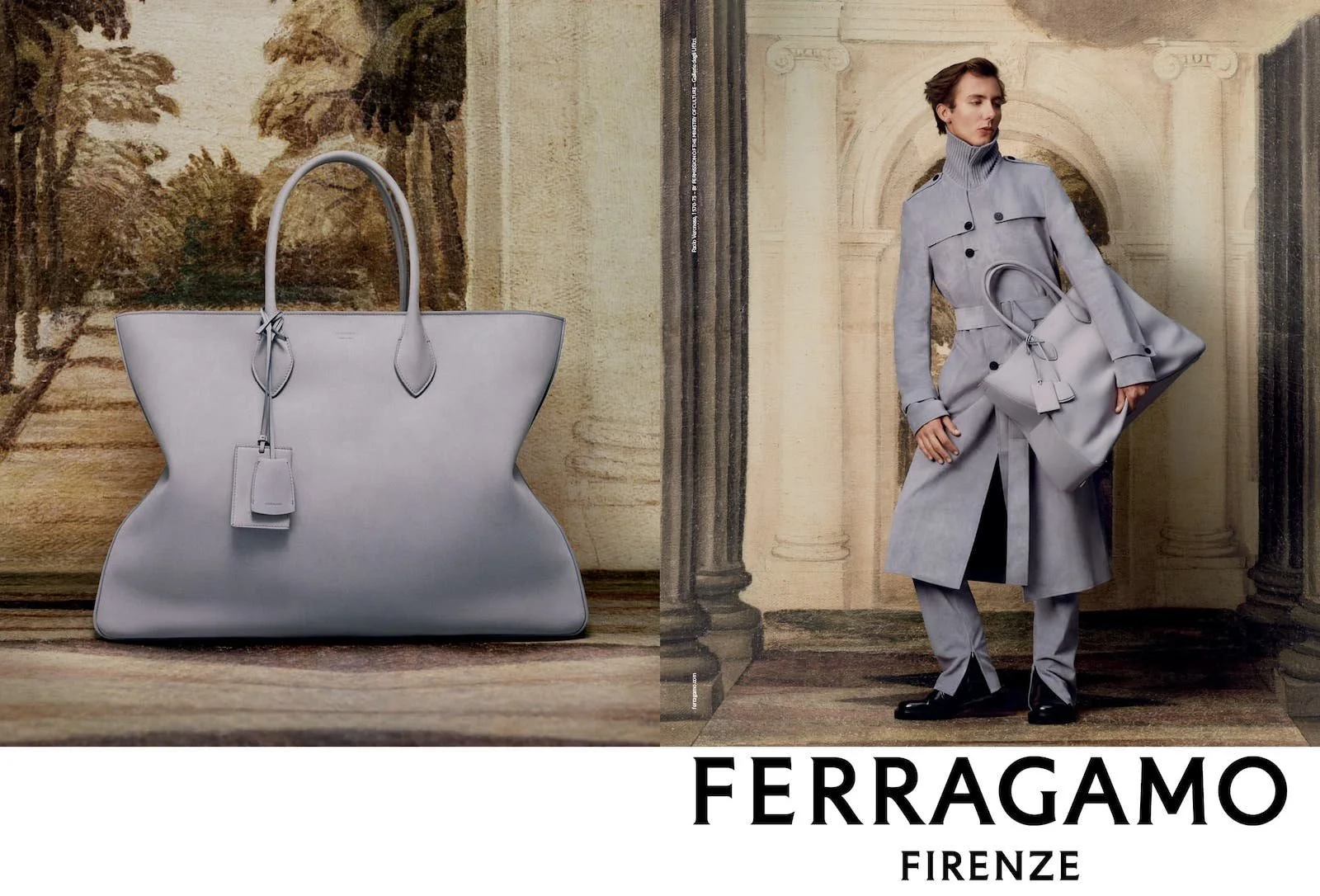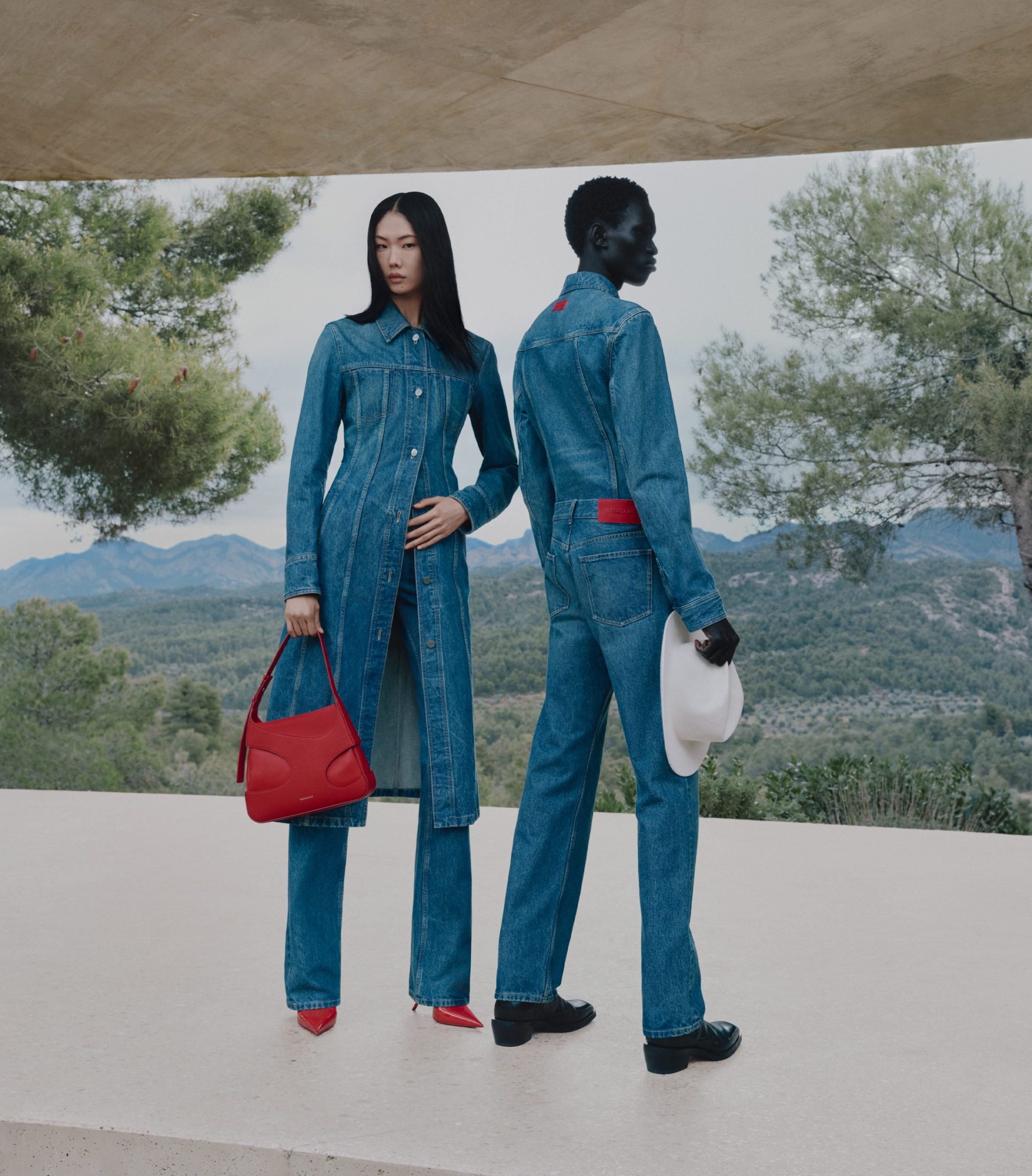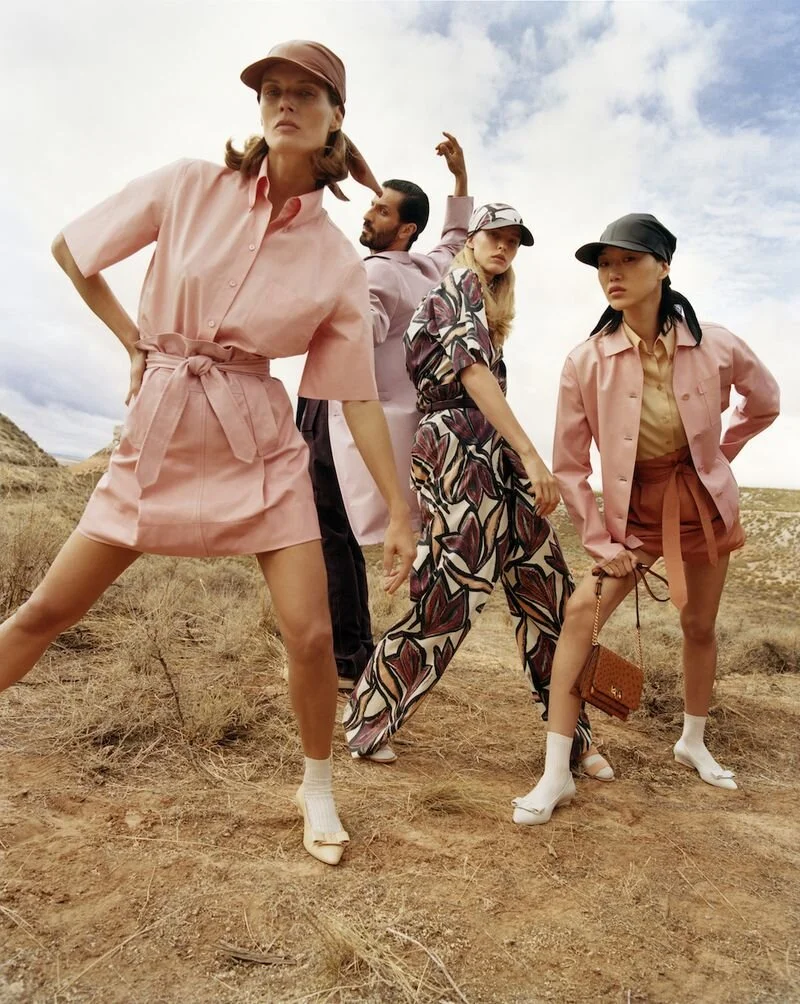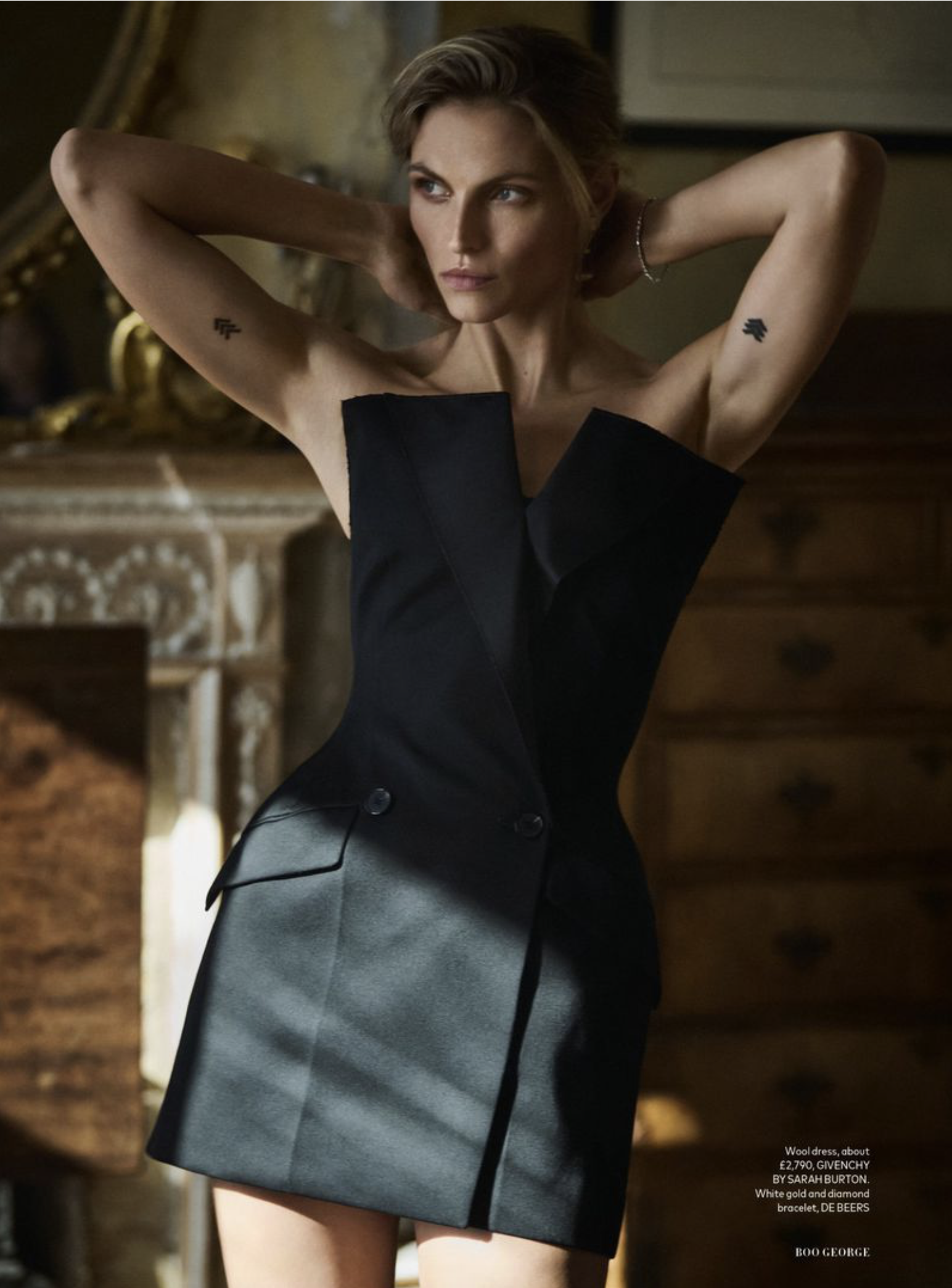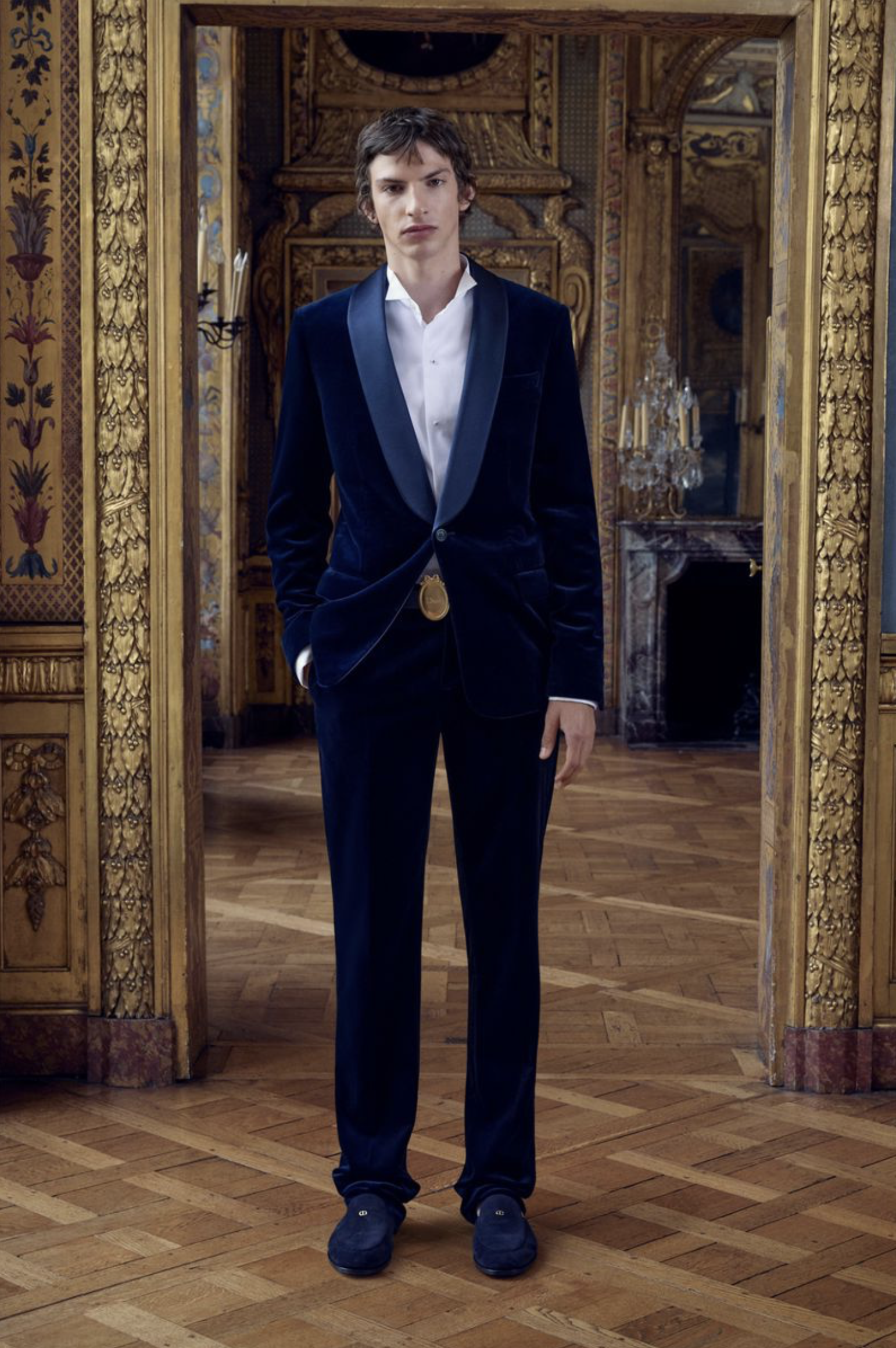Ferragamo New Renaissance Fall 2023 Campaign by Tyler Mitchell Spotlights Uffizi Gallery
/On June 18, 2018 Beyoncé and Jay-Z stunned the world, dropping an epic joint album ‘Everything Is Love’ with a track ‘Apeshit’, filmed at the Louvre in Paris.
Five years later on May 20, 2023 the American power couple sat next to Jay-Z’s 50-50 LVMH business partner Bernard Arnault and his wife Helene Mercier, at the Pharrell Williams Louis Vuitton Men’s show debut on a spectacular, outdoor evening event in Paris.
Beyoncé and Jay-Z filmed their 2018 high-culture, huge-impact music video act after hours at the Louvre. With a wry smile, AOC notes that is was as if they [ Beyoncé and Jay-Z] owned the place.
It’s indisputable that ‘Apeshit’ was the primary driver in the Louvre’s record-shattering 10.2 million visitors to in 2018, a 25 percent increase in attendance. Remember, also, that the high-culture video didn’t drop until mid-June 2018. The six-minute video inspired a 90-minute guided tour at the museum that dove deeply into the art featured in ‘Apeshit’.
Restoration of Italian Treasures
In the last decade Italian luxury brands have committed to and delivered important restoration projects across Italy. Ferragamo [IG] has been a leader in that project.
Today’s release of a new Ferragamo Fall 2023 campaign, conceived by Ferragamo creative director Maximilian Davis, takes a spin on the Louvre’s success, confirming a new and very important, global-culture role for Ferragamo and Italian culture, via the Uffizi Gallery in Florence.
The partnership between the Ferragamo brand and the Uffizi Gallery is not a one-off ad campaign. Details of its depth and reach will emerge in the coming months.
Lensed by American photographer Tyler Mitchell [IG], who was named to the TIME 100 list in 2023 and has a cameo in the images, the Ferragamo Fall 2023 campaign features top models including Anok Yai, Jessica Stam, Lina Zhang, Mona Tougaard, Paul Hamline, Taemin Park, and Vittoria Ceretti.
Creative consultant and strategist Zainab Jama, singer and songwriter Kelela, and sound artist Yasmina Dexter also appear in the images. Ferdinando Verderi provided creative direction.
The Renaissance Symbolizes Light Out of Darkness
"The Renaissance is hardwired into Florence, and Florence is hardwired into Ferragamo. At this time of a new beginning at the house, it made perfect sense to reclaim the cradle of the Renaissance as our spiritual home, and to harness the deep, artistic spirit of this city to showcase the new collection," Davis explained in the campaign media release.
The images are filled with impromptu, ‘backstage’ shots that create a less formal relationship between the players — the cast and Tyler — and the viewer.
This is an excellent move to make the Uffuzi Gallery more relatable and infused with a modern spirit, rather than being defined as a centuries-old home to dead and buried masterpieces.
We address non-white male painters later in our overview, but clearly the campaign injects women and people of color into the Uffuzi narrative update.
Artworks in the Ferragamo Campaign
Artworks included in the campaign include Giorgio Vasari's Portrait of Alessandro de Medici; Piero della Francesca's Diptych of Frederico da Montefeltro and Battista Sforza; Alesso Baldovinetti's Annunciation, Giovanni Bellini's Holy Allegory, Paolo Veronese's Annunciation, Francesco Granacci's Joseph Going to Prison, Botticelli's Portrait of a Man with a Medal of Cosimo the Elder and Botticelli's The Annunciation of San Martino alla Scala.
Ferragamo’s Restoration Projects
Ferragamo’s restoration projects in Italy have included a 2020 pledge of more than 1 million euros to fund the restoration of a series of large sculptures adorning the city's iconic Piazza della Signoria, while a year earlier it made a 1.5-million-euro donation to restore the Fountain of Neptune sitting at the heart of the very same square. Previous donations were allocated to the restoration of allegorical statues on Ponte Santa Trinità in 1996; the Column of Justice in Piazza Santa Trinita in 1998, and the eight rooms in the Uffizi Gallery in 2015.
The Uffizi Museum’s Journey to Now
I asked my AI partner Lulu to research the history of the Uffizi Gallery, and she has delivered.
In what is almost an American story, from its humble beginning as government offices to its transformation into a haven for priceless masterpieces, the Uffizi Gallery mirrors the evolution of Florence itself.
‘Uffizi’ Means “Offices’ in Italian
The roots of the Uffizi date back to the 16th century when Cosimo I de' Medici, the formidable Grand Duke of Tuscany, commissioned the construction of the building complex to house various Florentine administrative offices. The name "Uffizi," meaning "offices" in Italian, perfectly encapsulated its initial purpose.
The architectural genius, Giorgio Vasari, envisioned a grandiose structure that would blend seamlessly with the surrounding Palazzo Vecchio and the Arno River, offering an exquisite showcase of Medici power and prestige.
However, it was not until several decades later, in the late 16th century, that the Medici family — particularly Cosimo I's son, Francesco I — recognized the value of art in conveying their family's legacy. They began adorning the corridors of the Uffizi with illustrious artworks from the Medici collection which became known as the ‘Galleria degli Uffizi’ - the heart of what we know now as the Uffizi Gallery or Uffizi Museum in Florence.
The gradual expansion of the Uffizi Museum continued during the reign of Grand Duke Ferdinando II, grandson of Francesco I. The Grand Duke enlisted artists to create magnificent hallways adorned with frescoes and architectural embellishments, transforming the Uffizi into a true temple of art.
Anna Maria Luisa de' Medici Made a Spectacular Donation
However, it was Ferdinando's sister-in-law, the indomitable Anna Maria Luisa de' Medici, who sealed the Uffizi's destiny as a public legacy.
She bequeathed the entire Medici art collection to the city of Florence in 1737 on the condition that it never be sold or removed from the city. This act of profound cultural preservation laid the foundation for the Uffizi Museum to flourish as a public institution.
As the years passed, the Uffizi's collection grew exponentially, welcoming artworks from various periods and artists, both Italian and international.
The generous act of Anna Maria Luisa de Medici forever changed the destiny of the Uffizi, turning it into an immeasurable cultural treasure with an Italian legacy. With the influx of new masterpieces in future years, the gallery underwent substantial expansions and renovations, aided by generous financial support from the city and later the Italian government.
The Uffizi steadily emerged as a leading institution in the realm of art conservation, restoration, and research. Global scholars and art enthusiasts flocked to Florence to study and marvel at the incredibly diverse array of artistic treasures, including paintings, sculptures, and decorative arts.
Throughout its history, the Uffizi Gallery has exhibited a remarkable commitment to showcasing the finest examples of Renaissance art.
The collection includes works by Italian luminaries such as Botticelli, Leonardo da Vinci, Raphael, Titian, Michelangelo, and Caravaggio. The gallery's patrons spared no effort in acquiring masterpieces from all over Europe, amplifying its relevance and international acclaim.
Women, Moors, Artists of Color
I asked Lulu to investigate acquisitions by the Uffuzi Gallery from women artists, Moors — who had a unique and prestigious relationship with Italian history via Venice — and people of color from Italy’s colonies or the world at large.
Over the years, the Uffizi has made limited strides in expanding its collection with works by women and artists of various cultural backgrounds.
Campaigns like this Ferragamo one exist as a subtle form of pressure on the Uffuzi and similar cultural institutions.
The inclusion of paintings by women, such as Sofonisba Anguissola's seminal "Self-Portrait," signifies the changing landscape of the Uffizi. Anguissola, an esteemed Italian Renaissance painter, proudly holds her place alongside the great masters, challenging traditional norms and paving the way for female artists.
In an effort to present a more inclusive narrative, the Uffizi has actively sought to diversify its collection by acquiring artworks depicting black, Moorish, and other artists of color. One striking example includes "Portrait of a Moor" by Bartolomeo Veneto, a renowned 16th-century painter known for his meticulous detail and vivid representation. This painting, like a beacon of recognition for marginalized artists, now shares its vision in a prominent space at the Uffizi.
Moreover, recognizing art as a reflection of the diverse human experience, the Uffizi has extended its contemporary acquisition strategy to encompass artists hailing from different cultural backgrounds.
Visitors can now witness the works of contemporary artists, such as Mickalene Thomas or Toyin Ojih Odutola [both featured on AOC, links coming], whose vibrant depictions underscore the importance of representation and the power of artistic expression.
While progress has been made in diversifying its collection, it is vital to acknowledge that the Uffizi, like many other institutions, still faces challenges in completely bridging historical gaps.
Due to the historical context and limited records, certain artists of color and women artists may have regrettably been overlooked or lost forever.
However, curators and art historians are diligently investing their efforts to unravel the obscured narratives and shed light on forgotten talent.
As noted, campaigns like Ferragamo’s and overviews like AOC’s put a global public face on the Uffizi, creating a dialogue among equals with a much larger, younger, more democratic and progressive-values audience.
With gestures like Ferragamo’s and a campaign like this one by photographer Tyler Mitchell, the Uffizi is not the hushed Florence museum I’ve visited multiple times.
The doors are now flung wide open at the Florence Uffizi Gallery. Good work, Ferragamo. And thank you for your commitment to preserving the world’s treasures that help us understand important — if jaded and compromised— chapters in human history. ~ Anne





